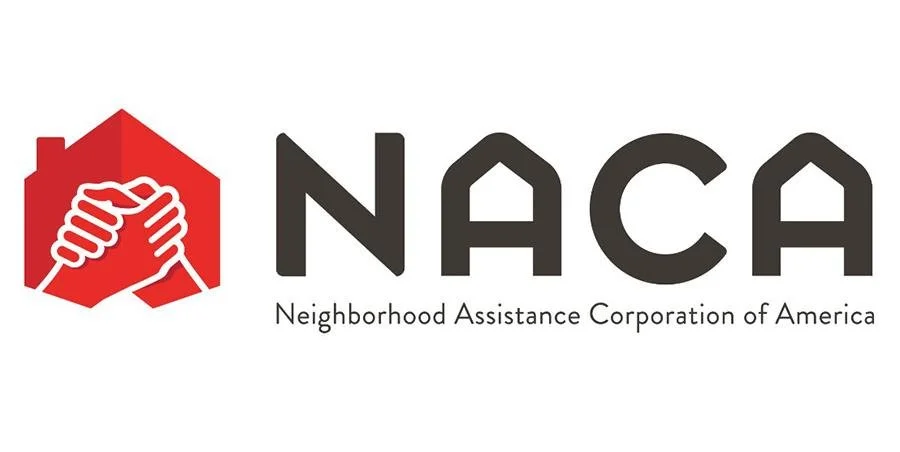I could easily fill a book with all I learned going through the NACA process and what I’m still learning as I navigate grants in order to fix up my once-dilapidated house—it was certainly not a smooth, nor an easy journey.
But today, I celebrate being on the other side of the worst of it. Today, I revel in the relief and joy at knowing my house is my home, and that I’m safe here—something I’ve never felt about anywhere else I’ve ever lived.
Sometimes dreams really do come true.

